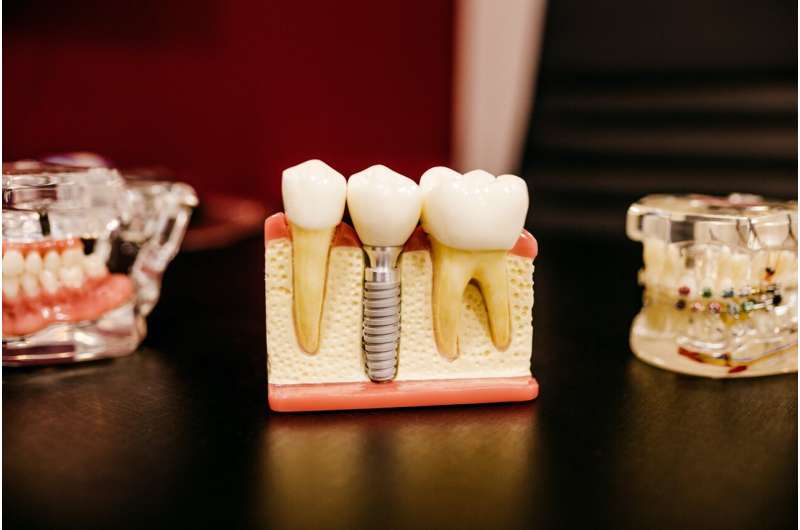Innovative Glycan Glue Shows Promise in Treating Spinal Disk Degeneration

As the global population ages, degenerative disc disease has become a significant health concern, leading to chronic lower back pain and impaired mobility. Recent research conducted by scientists from Nanjing University and the University of Macau introduces a novel therapeutic approach targeting the extracellular matrix of spinal discs with an enzyme-resistant glycan-based solution.
Led by Professor Chunming Wang, the study focuses on a glucomannan derivative, GMOC, engineered to mimic natural glycosaminoglycans (GAGs) like hyaluronic acid and chondroitin sulfate, but with enhanced stability against enzymatic degradation. This innovative 'glycan glue' aims to repair and reinforce damaged intervertebral discs by augmenting the activity of a crucial protein called MFG-E8, which is vital for maintaining tissue integrity.
MFG-E8 is a secreted glycoprotein that plays a role in cell adhesion, extracellular matrix remodeling, and cellular communication within the disc microenvironment. The research found that decreased levels of MFG-E8 are associated with disc degeneration. The GMOC compound effectively boosts endogenous MFG-E8 levels, promoting tissue repair and slowing degeneration processes.
Experimental validation involved animal models, including rats and rabbits, simulating early-stage and post-surgical disc degeneration. In these models, GMOC injections resulted in improved tissue hydration, preservation of disc height, and better mechanical stability. In rats, treatment alleviated pain and maintained tissue structure over four weeks, while in rabbits, it helped prevent recurrence after partial disc resection over six weeks.
Unlike hyaluronic acid, which is rapidly degraded in the degenerative environment, GMOC resists enzymatic attack, ensuring longer-lasting therapeutic effects. Techniques such as atomic force microscopy (AFM) and cellular thermal shift assay (CETSA) confirmed GMOC's ability to interact with MFG-E8 similarly to natural GAGs, forming stable complexes.
Despite promising results, the researchers acknowledge challenges in further mechanistic studies, particularly due to genetic overlaps affecting hyaluronic acid synthesis in certain rat models. They plan to collaborate globally to develop advanced models to better understand MFG-E8's regulatory functions in tissue repair.
This groundbreaking study opens pathways for non-invasive, targeted regenerative therapies for degenerative disc disease, offering hope for millions suffering from chronic back pain. The research was published in Nature Communications and highlights the potential of enzyme-resistant glycan therapies in orthopedic regenerative medicine.
Source: https://medicalxpress.com/news/2025-04-enzyme-resistant-glycan-ameliorates-spinal.html
Stay Updated with Mia's Feed
Get the latest health & wellness insights delivered straight to your inbox.
Related Articles
Significant Rise in Nicotine Pouch Ingestions by Young Children Highlights Growing Safety Concerns
A recent study reports a dramatic 763% increase in nicotine pouch ingestions among young children, highlighting urgent safety concerns and the need for preventive measures.
ISS Study Connects Astronaut Bone Loss to Stem Cell Changes in Microgravity
Research from the ISS reveals how microgravity affects stem cells, leading to bone loss in astronauts. This discovery has implications for osteoporosis treatment and space medicine.
Study Shows Same-Day Discharge Safe for Older Women Undergoing Breast Cancer Mastectomy
New research reveals that older women undergoing mastectomy for breast cancer can safely leave hospitals on the same day, reducing unnecessary overnight stays without increasing complications. This approach enhances recovery and hospital resource efficiency.
Long-Term Advantages of Preserving 'Hopeless' Teeth through Regenerative Dentistry
A groundbreaking 20-year study shows that regenerative periodontal procedures can save severely damaged teeth, offering long-term health benefits and cost savings compared to extraction and implants. Discover how advanced treatments are transforming dental care.



